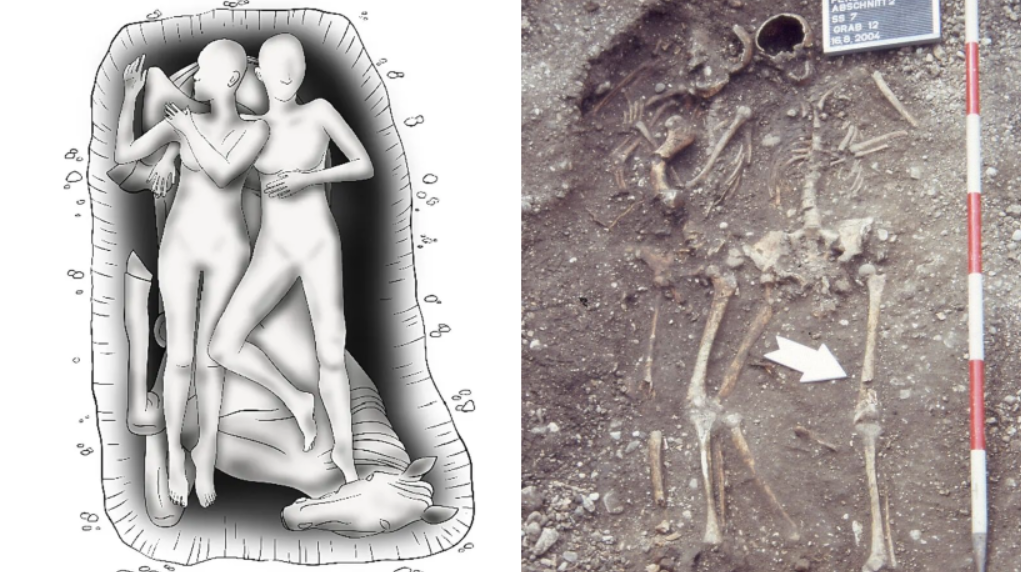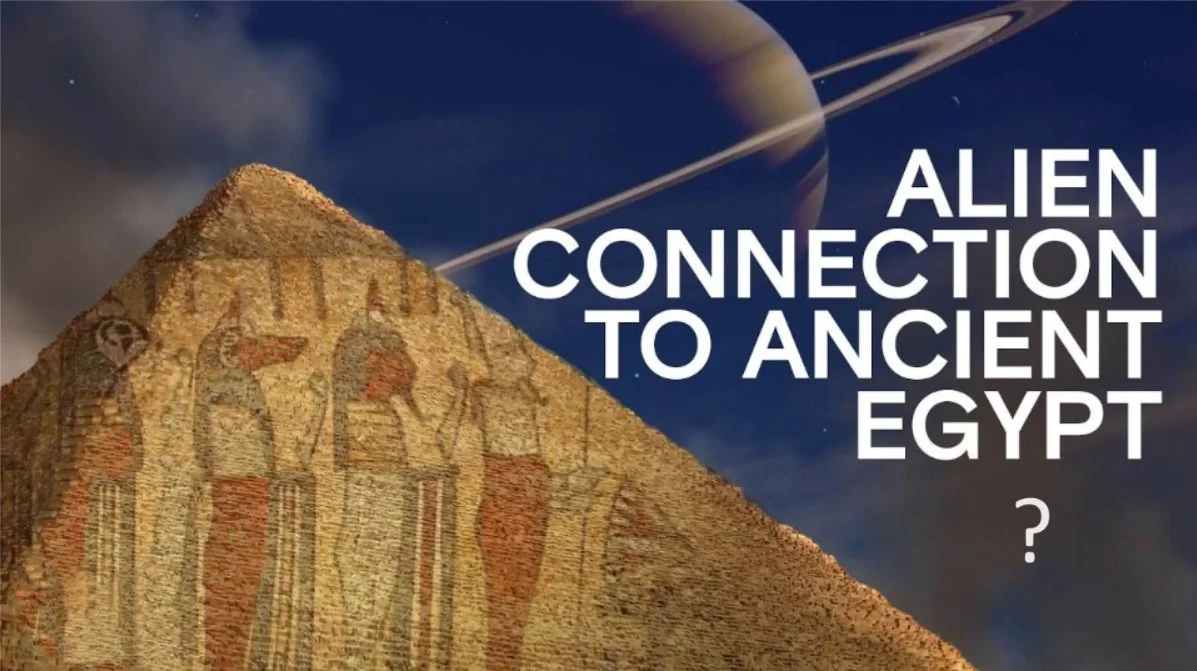A team of researchers, with a member each from the University of Tehran, Eastern Kentucky University and the University of Bologna working with another independent researcher, has claimed to have deciphered most of the ancient Iranian language called Linear Elamite.
by Bob Yirka , Phys.org
Illustration by Meilan Solly / Photos via Wikimedia Commons under public domain, Getty Images, Desset et al.
In their paper published in the German language journal Zeitschrift für Assyriologie und Vorderasiatische Archäologie, the group describes the work they did to decipher the examples of the ancient language that have been found and provide some examples of the text translated into English.
In 1903, a team of French archaeologists unearthed some tablets with words etched onto them at a dig site on the Acropolis mound of Susa in Iran. For many years, historians believed the language used on the tablets was related to another language known as Proto-Elamite. Subsequent research has suggested the link between the two is tenuous at best.
Akkadian/cuneiform and Elamite/Linear Elamite inscription of King Puzur-Sushinak, from the collections of the Louvre Public domain via Wikimedia Commons
Since the time of the initial find, more objects have been found that were written in the same language—the total number today is approximately 40. Among the finds, most prominent are inscriptions on several silver beakers. Several teams have studied the language and have made some inroads, but the majority of the language has remained a mystery. In this new effort, the researchers picked up where the other research teams left off and also used some new techniques to decipher the script.
The new techniques used by the team on this new effort, involved comparing some known words in cuneiform with words found in the Linear Elamite script. It is believed that both languages were used in parts of the Middle East at the same time and thus, there should be some shared references such as the names of rulers, titles of people, places or other written works along with common phrases.
The researchers also looked at what they believed to be signs, rather than words, looking to assign meanings to them. Of the 300 signs they were able to identify, the team found they were only able to assign 3.7% of them to meaningful entities. Still, they believe they have deciphered most of the language and have even provided translations for some of the text on the silver beakers. One example, "Puzur-Sušinak, king of Awan, Insušinak [likely a deity] loves him."
The work by the researchers has been met with some skepticism by others in the community due to a variety of events surrounding the work. Some of the texts used as sources, for example, are themselves suspect. And some of the collections of materials with the language inscriptions on them might have been obtained illegally. Also, the corresponding author on the paper has refused requests to comment on the work done by the team.









